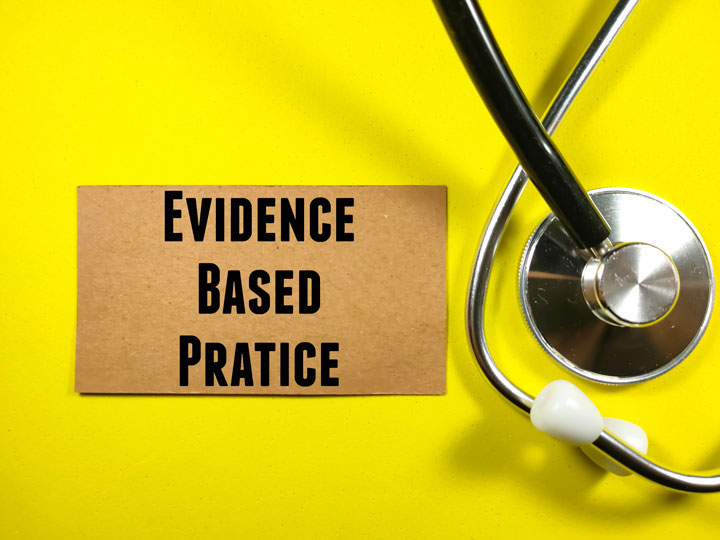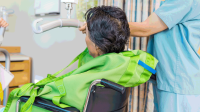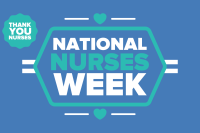Drifting back to old practices endangers the profession.
Before COVID-19, healthcare and nursing performance were moving in the right direction. Turnover was slowing, healthy work environments were becoming a reality, and culture of safety surveys were showing positive trends. The sudden onset of the pandemic forced healthcare organizations to pivot, focusing all efforts toward defeating the virus.
The good news is that we saw impressive gains in COVID-19–related safe patient care. The bad news, according to a recent Press Ganey report that analyzed safety outcomes during the pandemic, is that the singular focus on COVID-19 led to increases in routine safety issues, including medication errors and falls. The Centers for Disease Control and Prevention also released a report showing that the national standardized infection ratios for CLABSI, CAUTI, VAE, and MRSA bacteremia rose significantly in 2020.
What caused us to drift away from evidence-based, standardized practices? Safety science tells us that when we’re working under conditions of stress and consequence, coupled with changing conditions and time compression, we feel a sense of urgency that causes us to take shortcuts and deviate from best practices. We drift into normalized deviance, which over time becomes the norm. For many new nurses just entering the workforce, the normalized deviance culture is the only one they know. Expediting successful patient outcomes by bypassing standards is “normal” for them.
Now we’re looking for solutions to pivot back to the pre-COVID systems of care, while facing new challenges—high turnover, high vacancy rates, and supply shortages. What I see is back-sliding to old practices in the process. For example, putting nursing residencies on hold (or eliminating them), de-emphasizing bachelor of nursing (BSN) education due to the nursing shortage, and re-instituting functional nursing vs. proven care models.
We were making great progress on the goal recommended by the Institute of Medicine to increase the proportion of BSN-prepared nurses to 80% by 2020. Research studies are continuing to prove the value of this level of education. For example, higher hospital proportions of BSN nurses, regardless of educational pathway, are associated with lower odds of 30-day inpatient surgical mortality.
Drift has no place in safety science or nursing practice. And drifting back to the norms of the past doesn’t bode well for the profession’s future. Let’s regain our focus on improving clinical outcomes, enhancing nurse staffing, and creating healthy work environments. Nursing history is filled with examples of overcoming pandemic, natural disaster, and workforce shortage setbacks. We’ve done it before and we can do it again. Let’s use innovation and evidence-based science to our advantage. We must acknowledge the problem and stop the slide now.


Lillee Gelinas, DNP, RN, CPPS, FAAN
Editor-in-Chief
References
Press Ganey. How to Bounce Back After COVID-19’s Safety Declines. October 4, 2021.
Porat-Dahlerbruch J, Aiken LH, Lasater KB, Sloane DM, McHugh MD. Variations in nursing baccalaureate education and 30-day inpatient surgical mortality. Nurs Outlook. 2021; S0029-6554(21):00232-3. doi:10.1016/j.outlook.2021.09.009
Weiner-Lastinger LM, Pattabiraman V, Konnor RY, et al. The impact of coronavirus disease 2019 (COVID-19) on healthcare-associated infections in 2020: A summary of data reported to the National Healthcare Safety Network. Infect Control Hosp Epidemiol. 2021:1-14. doi:10.1017/ice.2021.362



















3 Comments. Leave new
Drift is present in so many areas of healthcare. As emergency room nurses provided care for critically ill COVID-19 patients with respiratory failure, the compassion for other patient presentations, including mental illness waned. Within the environment of high stress and urgency in the emergency department, professional nurses must prioritize to meet the greatest good. Providing structured regular drills to review the evidence-based assessment and intervention practices with acutely mentally ill patients presenting with distressing behaviors assists in decreasing drift away from prior normals in provided nursing interventions. Parkland Memorial Hospital has implemented these regular drills in the Psychiatric Emergency Department and Psychiatric Extended Observation Unit. We are planning to develop structured debriefings to implement when behavioral events occur to keep close track of our staff’s perceptions of noteworthy actions by individuals and then recognize and reward the staff for their best practices. Looking at opportunities for improvement is another element of the debriefing, but not the primary function. Thank you for this journal article.
Best to Cindy Saver – she was always a pleasure to work with back in the Nursing Spectrum days!
Lillee,
Great commentary!
Voice from your past –
Janet Lewis